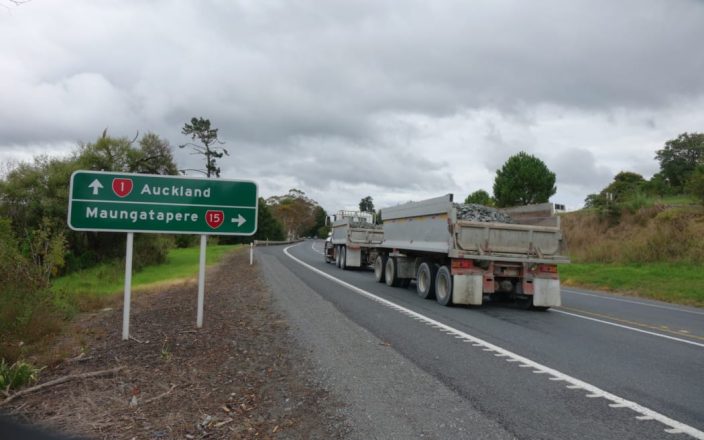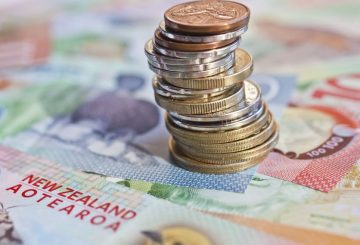정부는 비용이 많이 들 수 있는 새로운 고속도로 프로젝트를 고려하고 있지만 정확한 금액은 아직 알려지지 않았습니다.
“액셀러레이팅 노스랜드 고속도로”는 오클랜드와 황가레이를 연결하는 4차선 도로가 될 것입니다.정부는 국가적 중요성 도로 프로그램의 일환으로 이 프로젝트의 속도를 높이고자 한다.
인프라 위원회는 크리스 비숍 (Chris Bishop) 인프라부 장관에게 이 프로젝트가 향후 25년간 신규 인프라 건설에 드는 정부 전체 예산의 10% 를 차지할 수 있다고 말했습니다.여기에는 도로, 병원, 학교 등에 대한 자금 지원이 포함됩니다.
위원회는 7월에 보낸 문서에서 프로젝트가 너무 속도에 초점을 맞추고 있다는 우려를 표명했습니다.이로 인해 예상한 결과를 달성하지 못할 수 있다고 경고했습니다.7월 23일, Simeon Brown 교통부 장관은 건설 속도를 높이기 위해 서로 다른 세 개의 도로 프로젝트를 하나의 대규모 프로젝트로 통합할 계획을 발표했습니다.이 프로젝트의 예상 비용은 아직 밝혀지지 않았지만, 관계자들은 올해 말에 투자 사례를 검토할 예정입니다.
위원회는 또한 비용 추정치가 불확실할 수 있고 예상보다 훨씬 높을 수 있으며, 과거 프로젝트의 경우 원래 예측보다 50~ 100% 더 비쌀 수도 있다고 지적했습니다.그들은 사용 가능한 자금이 제한되어 있다는 점을 감안할 때 프로젝트를 우선 순위로 삼아야 하는지에 대해 문제를 제기했습니다.
브라운은 이 문서가 노스랜드 익스프레스웨이 (Northland Expressway) 에서 일할 의향이 있는 회사들의 관심을 확인하기 위한 것으로, 다음 달 안에 업데이트가 이루어질 것이라고 밝혔습니다.정부는 이 고속도로 프로젝트에 전념하고 있습니다.
350 아오테아로아 (350 Aotearoa) 출신의 운동가인 애덤 커리 (Adam Currie) 는 정부가 이 프로젝트에 집중하고 있다고 비판했다.그는 학교와 병원이 필요할 때 한 고속도로에 인프라 예산의 10% 를 지출하는 것은 합리적이지 않다고 주장했습니다.그는 도로가 넓어지면 기후 오염이 증가할 수 있다고 지적하면서 자금을 다른 이니셔티브에 더 잘 사용할 수 있다고 제안했습니다.






























































